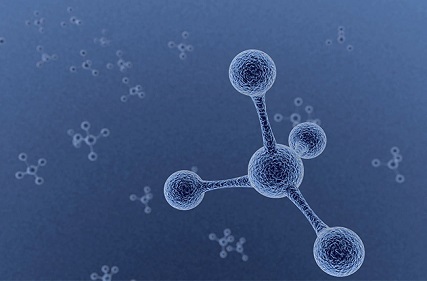En
In the rapidly evolving field of molecular biology, peptidomics and proteomics have become crucial tools for understanding the complex mechanisms of life. Although these two branches may seem similar, they each have unique features that provide invaluable insights for biological research. Understanding the differences between these two fields is essential for researchers and practitioners. Inomixo will clarify these distinctions and highlight the specific applications of peptidomics and proteomics.
Before exploring the differences between them, it is first necessary to define what peptidomics and proteomics are.
Peptidomics focuses on the study of peptide substances in biological samples. Peptides are small molecules composed of short chains of amino acids that typically play roles in signal transduction, hormone regulation, or as components of larger protein complexes. The primary goal of peptidomics is to identify, quantify, and characterize these peptides to understand their roles in various biological processes. Common techniques used in peptidomics include mass spectrometry and various forms of chromatography, which help accurately detect and quantify peptides.
A significant advantage of peptidomics is its ability to identify and quantify a large number of bioactive peptides present in samples. These peptides often play crucial roles in cell signaling, immune responses, and metabolic regulation. For example, hormones like insulin and neurotransmitters like endorphins are peptides, and their activity can be precisely monitored through peptidomics.
Proteomics analysis involves the extensive study of proteins. Proteins are complex molecules that perform a wide range of functions within biological organisms. The goal of proteomics is to identify and quantify proteins, study their structure and function, and understand their interactions within complex biological networks. Common techniques used in proteomics include mass spectrometry, protein microarrays, and two-dimensional gel electrophoresis. This field offers a comprehensive view of the protein landscape, providing deep insights into cellular functions, disease mechanisms, and potential therapeutic targets.
A major advantage of proteomics analysis is its ability to deeply investigate protein-protein interactions and the dynamic changes in protein expression levels under different physiological conditions. Techniques like mass spectrometry and chromatography allow proteomics to provide a high-throughput understanding and reveal the behavior of proteins in complex biological systems.
Having covered the basics of both fields, we can now delve into the core differences between peptidomics analysis and proteomics analysis.
One of the most obvious differences lies in the types of molecules each field studies. Peptidomics focuses on peptide molecules—these small molecules usually act as signaling molecules and range from a few to several dozen amino acids in length. Proteomics, on the other hand, studies proteins, which are much larger and more complex molecules composed of one or more long chains of amino acids.
Although both fields are based on mass spectrometry, their methodologies differ significantly. In peptidomics, technology is usually optimized to detect smaller molecules, focusing on the sensitivity and specificity of peptides. Proteomics analysis involves more complex operations, such as two-dimensional gel electrophoresis and protein microarrays, which require detailed optimization to handle the larger variety and complexity of proteins.
Due to the different roles of peptides and proteins in biological systems, the applications of peptidomics and proteomics also differ. Peptidomics is particularly useful for understanding signaling processes, hormone activities, and small-scale molecular interactions. It holds significant value in fields like neuroscience, endocrinology, and other areas that study short-range intercellular communication. Proteomics analysis, however, is more suitable for studying broad cellular functions, disease mechanisms, and intracellular interaction networks; it is widely applied in cancer research, drug development, and systems biology.
Despite their differences, peptidomics and proteomics are not mutually exclusive; in fact, they often complement each other. By combining insights from both fields, researchers can gain a more comprehensive understanding of biological systems. For example, studying both peptides and proteins can more completely depict cellular signaling pathways, from initial signals (peptides) to downstream effects mediated by proteins.
In conclusion, understanding the distinctions between peptidomics and proteomics is crucial to fully leveraging their advantages in scientific research. Peptidomics focuses on the detailed study of peptides, while proteomics offers a broader dynamic perspective of proteins. Combining the strengths of these two fields can better unravel the complexities of life and bring new possibilities for scientific discoveries and medical advancements.


